Walking through the center of Florence and other Tuscan cities more or less large, if you look carefully and be careful, you may come across some small, strange arcades, placed on the walls ofancient buildings at arm height. They are usually arch-shaped and have a flat base, they can have a real wooden door, be walled with concrete or caed with bricks. Sometimes they are small reconstructions of the elegant gates next to which they can be found and at the others are dark cracks almost invisible, under large windows or on the side walls of historic buildings.
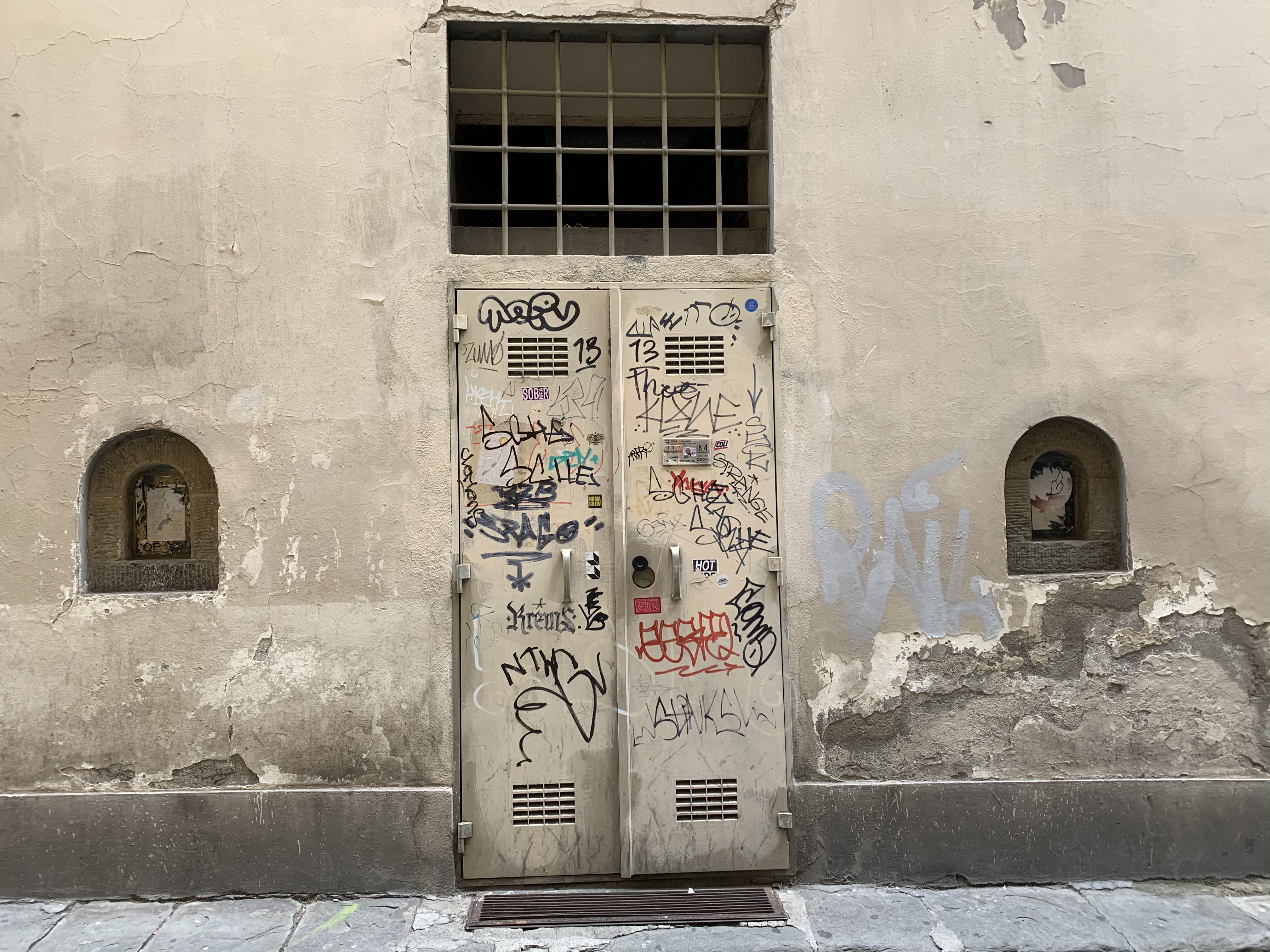
These are the ancient "wine buchettes", of the openings through which, over the centuries, the inhabitants of the cities went to stock up on good wine, flasks under the arm.
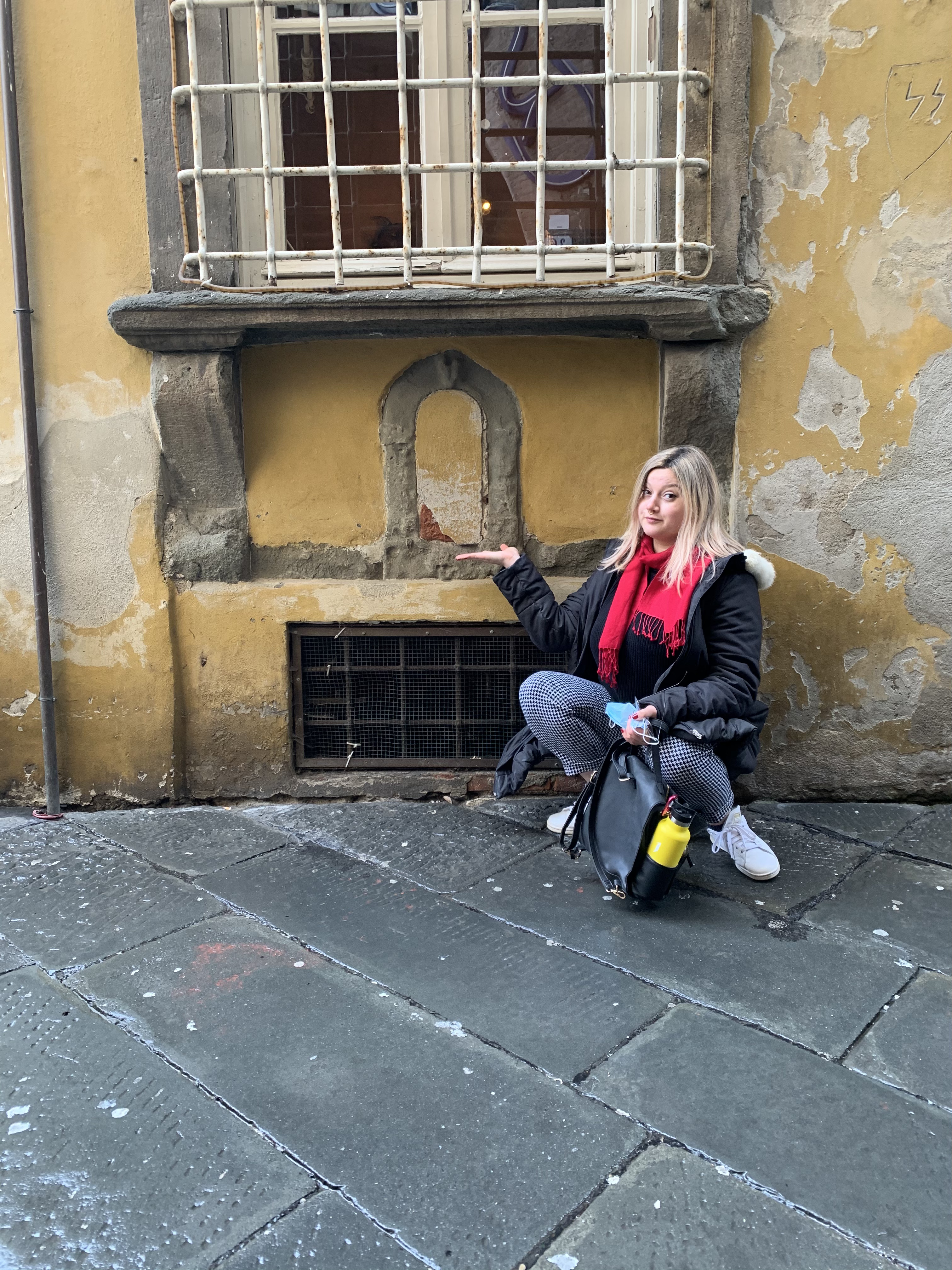 The wine was produced by the owners of the palaces,usually wealthy families who had vineyards in the countryside, and was sold directly from the cellar of their city residences.
The wine was produced by the owners of the palaces,usually wealthy families who had vineyards in the countryside, and was sold directly from the cellar of their city residences.
This was not always open, but it had precise opening hours written on large plaques on the building. Some wine holes still retain such plaques, such as the one in Via delle Belle Donne or the one in Via del Giglio in Florence.
The wine was sold in bulk and at a good price, thanks to the Florentine laws of the time, which allowed private individuals to sell small amounts of their wine surplus after taxes.
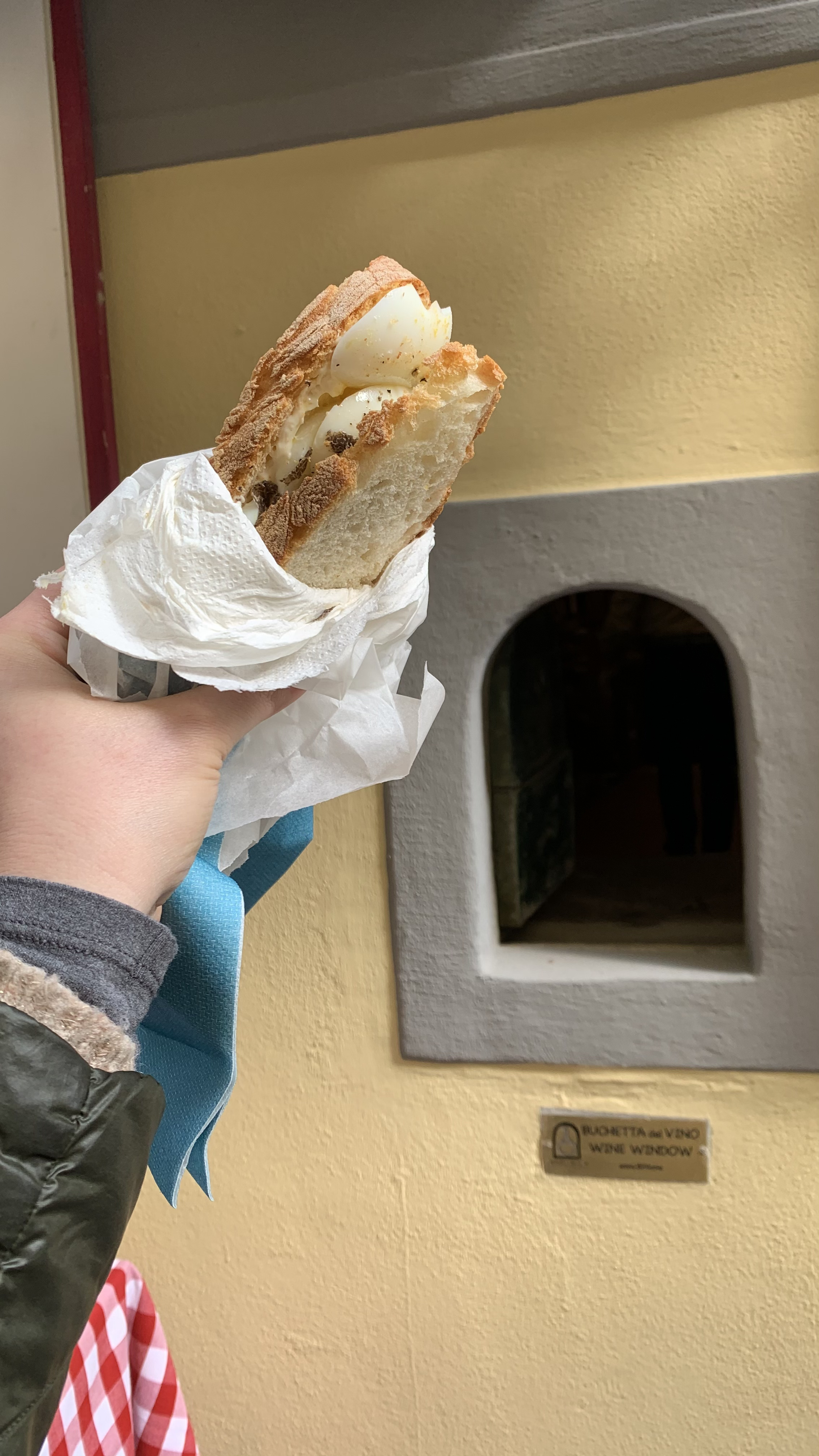 Their origin is uncertain but, according to the Buchette del Vino Association, they should be dated to the Renaissance and remained open for almost five centuries, until they fell into disuse and began to go away disappearing, ending up in collective oblivious.
Their origin is uncertain but, according to the Buchette del Vino Association, they should be dated to the Renaissance and remained open for almost five centuries, until they fell into disuse and began to go away disappearing, ending up in collective oblivious.
During the plague of 1630 they were used to continue selling wine with contacts between sellers and buyers reduced to the bare minimum and, in 2020, several restaurants, ice cream parlors and clubs of various kinds in Florence reopened them to continue selling their products at a safe distance in an innovative way and to give new life and a new meaning to these almost unseen Tuscan peculiarities.
Another way in which the buchettes have been brought to light in recent years has been thanks to the intervention of some skilled street artists who have used them as a frame or an integral part of their works, contemporary by definition, always taking care to intervene only on holes now cemented or closed with bricks and never on those with the original wooden doors.
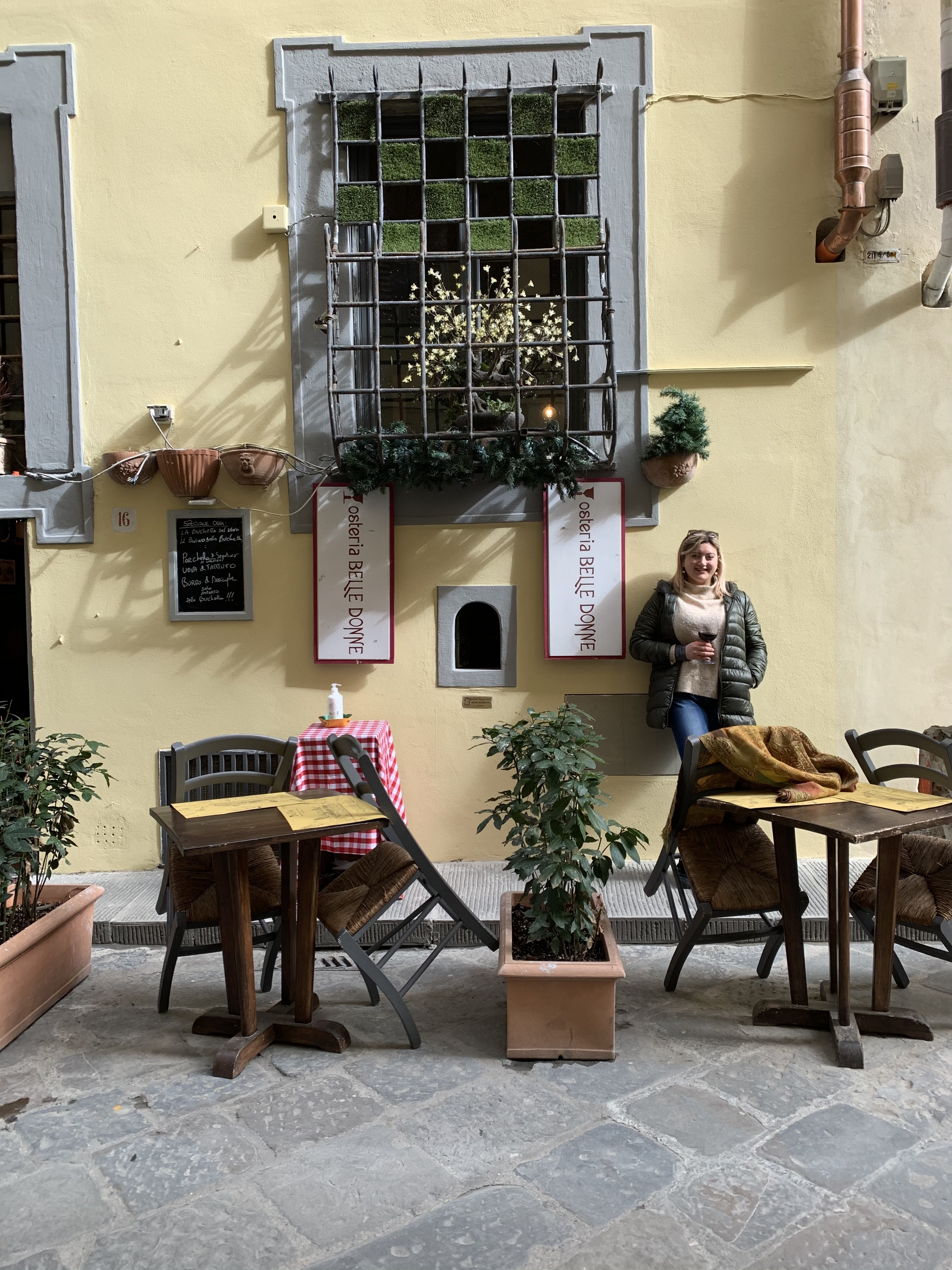
Among the potholes open are those of: Babae restaurant, Vivoli Ice Cream Parlour, Osteria delle Belle Donne, Osteria delle Donne, l'Ippogrifo – Stampe d'arte and studio by street artist CLET.
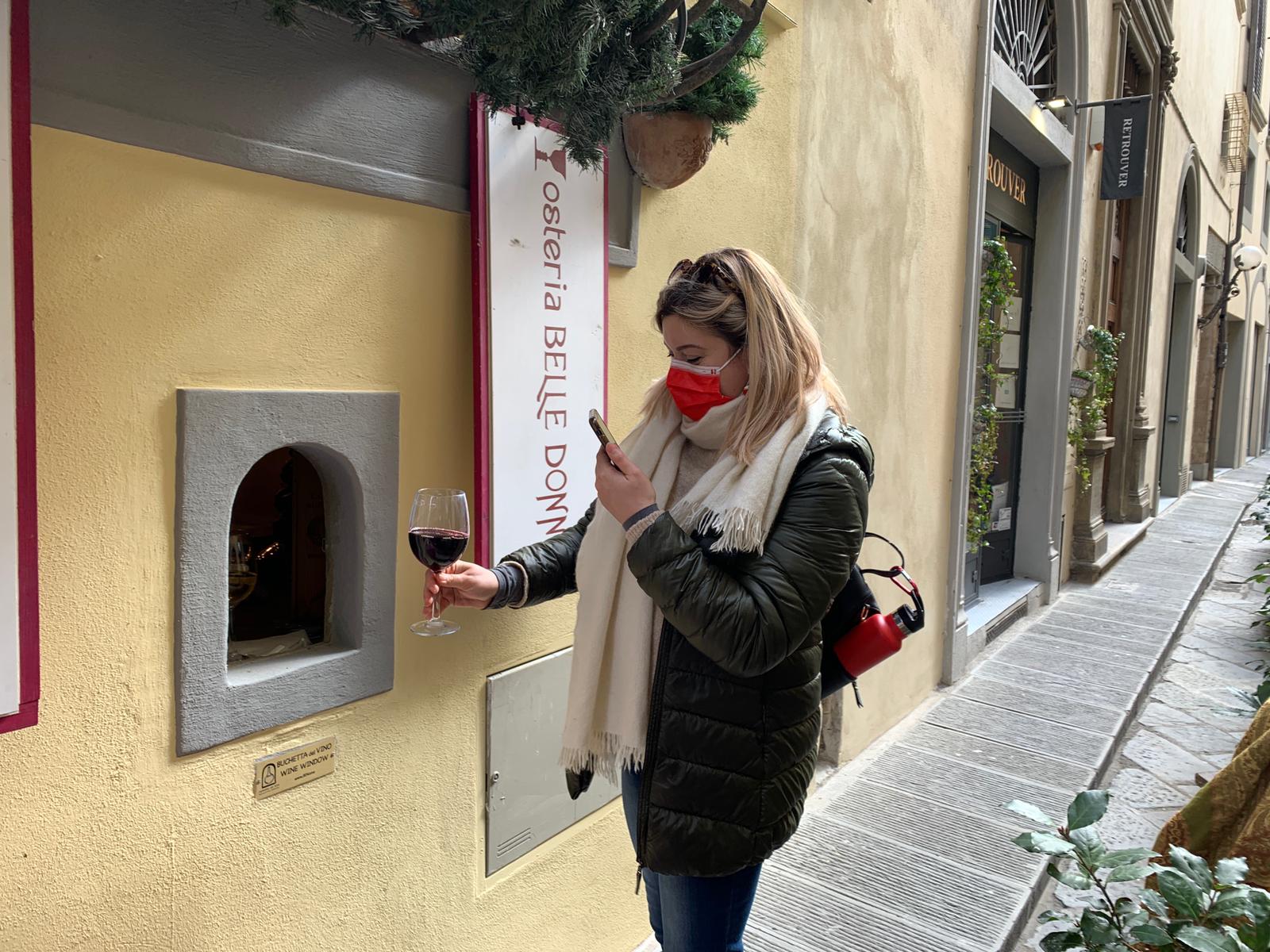
In Florence alone there are about 180 and in the rest of Tuscany there are almost 100 more, in Mugello, Sienese, Pisa, Pistoia, Lucca and elsewhere.
It is advisable to consult the website ofthe Buchette del Vino Association for the complete map updated to date.
Martina Bartolozzi
Martina is an Italian-American travel blogger born and raised in Florence. He spends most of his time traveling and exploring Italy and the world, eating delicious foods and posting videos that make you hungry.
You can find it on Instagram https://www.instagram.com/mementomartina/
Image sources: Martina Bartolozzi










 Map
Map